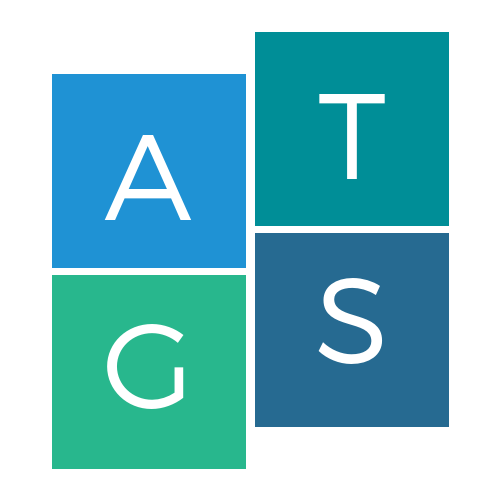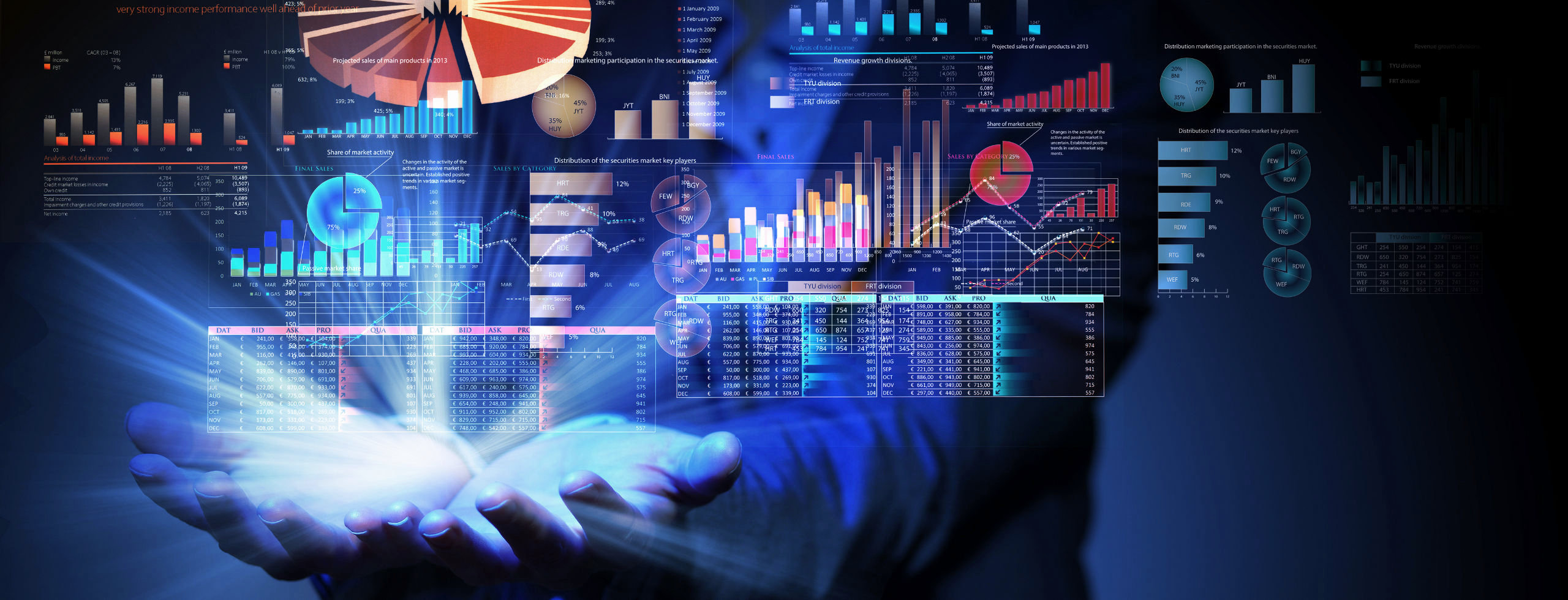DATA ANALYTICS
What is Data Analytics?
- Data analytics (DA) is the process of examining data sets in order to find trends and draw conclusions about the information they contain. Increasingly, data analytics is done with the aid of specialized systems and software
- Data analytics initiatives can help businesses increase revenue, improve operational efficiency, optimize marketing campaigns and bolster customer service efforts.
Types Of Data Analytics
1. Descriptive Analytic - is the examination of data or content, usually manually performed, to answer the question What happened? or What is happening?
Benefits of Descriptive Analytics
- Provides Historical Context - Descriptive analytics allow businesses to look at the past and understand how customers and products relate to one another.
- Assess Business Goals - Descriptive analytics can show how current processes are working to achieve business goals.
- Holistic Approach - Since businesses are dynamic and always changing, it helps to be able to see what happens when you edit variables, such as instituting a new supplier or changing product prices.
2. Diagnostic Analytics - is a form of advanced analytics that examines data or content to answer the question, “Why did it happen?”
Benefits of Diagnostic Analytics
- Manageable Data – Diagnostic Analytics enables business to turn their complex data into manageable and easily understandable information, presented in the form of visualizations and insights that everyone can easily use. This way, company leaders, managers, and operational employees all have access to everything they need to know about the company’s operation employees, and performance.
3. Predictive Analytics - is the use of data, statistical algorithms, and machine learning techniques to identify the likelihood of future outcomes based on historical data. The goal is to go beyond knowing what has happened to provide a best assessment of what will happen in the future.
Benefits of Predictive Analytics
- Detecting Fraud - Predictive Analytics can identify patterns to detect and prevent criminal behavior. As cybersecurity increases, Predictive Analytics helps to identify abnormalities that may indicate cyber vulnerabilities and threats.
- Improving Efficiency in Operations - Predictive Analytics helps to forecast inventory and manage resources, to make organizations more efficient, and help to optimize performance and increase revenue.
- Optimizing Marketing Campaigns - Determining customer responses and purchases is very important in marketing strategies, and Predictive Analytics helps to analyze data to identify new opportunities to attract or retain customers.
4. Prescriptive Analytics - is a process that analyzes data and provides instant recommendations on how to optimize business practices to suit multiple predicted outcomes.
Benefits of Prescriptive Analytics
- Make real-time data-driven decisions - Prescriptive Analytics streamlines the decision-making process by using a data-driven approach. In this way, you can remain one step ahead of the competition and take advantage of new opportunities.
- Solve issues that may be impeding growth - Prescriptive analytics is also a way of solving business problems. For example, if your current pricing strategy is reducing sales, using machine learning to measure many different market conditions could result in more effective prices for your products.
- Create a highly customized user experience - Prescriptive Analytics also allows you to develop a quality and customized experience for all customers. Businesses can use this approach to recommend products, deliver timely discounts, and provide website recommendations in real time.
Tools Used for Data Analytics
Phyton
- Initially design as an Object-Oriented Programming Language for software and web development and later enhanced for data science.
- Power Data Analysis Tool with great set of friendly libraries.
- NUMPY, PANDAS, MATPLOTLIB
- SPOTIFY< NETFLIX, NASA, GOOGLE, and CERN
Power BI
- Another powerful business analytics solution by MICROSOFT
- THREE VERSIONS – DESKTOP, PRO, PREMUIM. Desktop version is free for user; PRO and PREMUIM are priced.
- Bring your data to life with Live Dashboards and Reports.
- POWER BI integrates with other tools, including MICROSOFT EXCEL, so you can get up to speed quickly and work seamlessly with your existing solutions.
- Top companies using POWER BI are NESTLE, TENNECO, and ECOLAB.
R
- R is the leading programming language for STATISTICAL MODELING, VISUALIZATION, AND DATA ANALYSIS. It is majorly used by STATISTICIANS for STATISTICAL ANALYSIS, BIG DATA AND MACHINE LEARNING.
- Open source, NO licensed needed.
- R is excellent when it comes to data visualization and analysis with packages such as GGPLOT, LATTICA, GGVIS, ETC.
- FACEBOOK – For behavior analysis related to status update and profile pictures.
- GOOGLE – For advertising effectiveness and economic forecasting.
- TWITTER – For data visualization and semantic clustering.
- UBER – For statistical analysis.
Advantages of Data Analytics
- Data analytics helps an organization make better decisions.
- Increase the efficiency of the work.
- The analytics keeps you updated of your customer behavioral changes.
- Personalization of products and services.
- Improving quality of products and services.
Disadvantage of Data Analytics
- The cost of data analytics tools varies based on applications and features supported.
- The information obtained using data analytics can also be misused.
- It is very difficult to select the right data analytics tools.
“The goal is to turn data into information, and information into insight. "
- Carly Fiorina (Ex CEO of Hewlett – Packard)



-1748399375.png)

-1742456856.png)

 (19)-1723771883.png)
 (17)-1721953744.png)